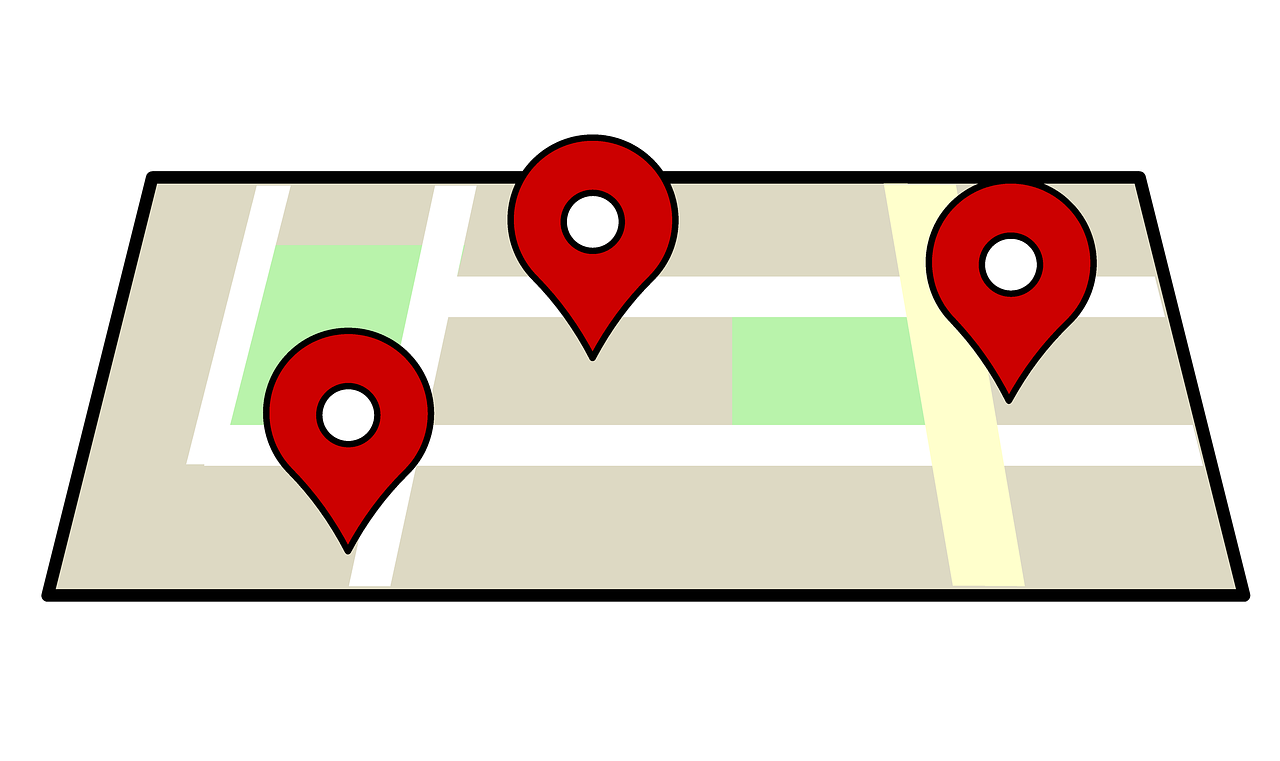The usefulness of RoadSafe GIS or any other software solution is heavily dependent on the quality of the input data. For collision data, the location information is particularly important and in recent years police officers have begun including Global Positioning System (GPS) coordinates in collision reports. Hypothetically using a GPS coordinate would be a better solution than geocoding collision data based on the intersection name, but the reality is that GPS coordinates may not be quite ready for prime time.
One of my last tasks at UC Berkeley was to finish an evaluation of the GPS coordinate accuracy for California collision data and I will be presenting the results at this year’s Transportation Research Board Annual Meeting in Washington, DC. On Monday I will be presenting a poster: Evaluation of the Accuracy of Global Positioning System Coordinates for Collision Locations in California.
We uploaded a PDF of the presentation if you are interested in viewing it. But the quick summary is this: Based on a random selection of collision records with GPS coordinates, we were able to outline a variety of accuracy issues. Between 2009 and 2011 we found about 30% of the records to have obvious GPS errors (located far off the roadway, in a parking lot, or middle of nowhere) and another 20% to 30% of the GPS coordinates did not match the location description. Based on those results it was clear that one should not blindly use the GPS coordinates included for collision records and that using traditional street name geocoding would still be more accurate.
Geocoding processes are not foolproof, however, and there are many issues that could contribute to a collision record failing to geocode properly. I presented on this topic at the National Transportation Safety Board (NTSB) GIS in Transportation Safety forum in 2012 and subsequently helped write a paper fully exploring the causes of geocoding errors in California.
What does this mean for RoadSafe GIS? Well, we thoroughly understand the issues and we have years of knowledge to ensure we geocode your data properly. In future blog posts, we will go more in depth into our geocoding process to show how we can maximize the percentage of collisions geocoded and minimize the number of errors.
